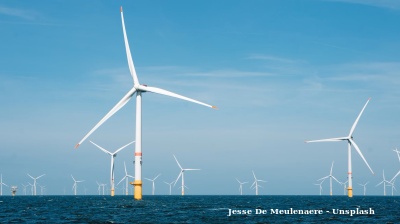A hole in the ozone layer three times larger than Brazil has opened up over Antarctica.
Europe’s Copernicus Sentinel-5P satellite shows that the ozone hole is one of the largest on record, according to the European Space Agency (ESA), and measured 26mn square kilometres on September 16, 2023 – roughly three times the size of Brazil.
Satellite data revealed that this year's ozone hole expanded to about twice the size of Antarctica. The eruption of Tonga's underwater volcano in early 2022 is a possible cause for the unusual size of the ozone hole, say scientists.
The ozone layer in Earth's atmosphere is approximately 15 to 30 kilometres above the surface and protects the planet from harmful ultraviolet rays from the sun. Ozone is a type of oxygen molecule with three atoms instead of the usual two that absorbs the sun's radiation.
The discovery of significant ozone holes above Earth's polar regions was made in 1985. Researchers found that chlorofluorocarbons (CFCs), a common chemical used in aerosol cans, packaging materials and refrigerators at the time, were reacting with ozone in the atmosphere, leading to ozone depletion. In response, the international community banned the use of CFCs in 1989, allowing ozone levels to gradually recover.
However, gaps in the ozone layer still appear above the polar regions during each hemisphere's winter months. This occurs when cold air creates polar stratospheric clouds (PSCs), which are exceptionally high clouds composed of tiny ice crystals. These clouds further deplete the already limited amount of ozone above the poles.
bneGREEN

The Arctic and Antarctica record "off the charts" heat as polar warming accelerates
Parts of both the Arctic and Antarctic have experienced historically high temperatures in recent weeks, with weather stations in East Antarctica recording record-breaking warmth for the month of October, alarming climate scientists.

Giant glacier chunk breaks away in Tajikistan, mountain villages put on alert
Situation serves as reminder that climate crisis threatens to wreak havoc in Central Asian country.

Singapore’s green pivot – headline grabbing but still limited
Forays into offshore wind via regional cooperation with neighbours, and forward-looking bets on hydrogen and low-carbon fuels are making headlines, but the scale required to wean a heavily gas-dependent system off fossil fuels is still daunting.

North Macedonia's Skopje tackles mounting waste and rodent crisis
Locals say the problems in Skopje's Centar municipality worsened during the local election period when political campaigning took precedence over maintenance.




